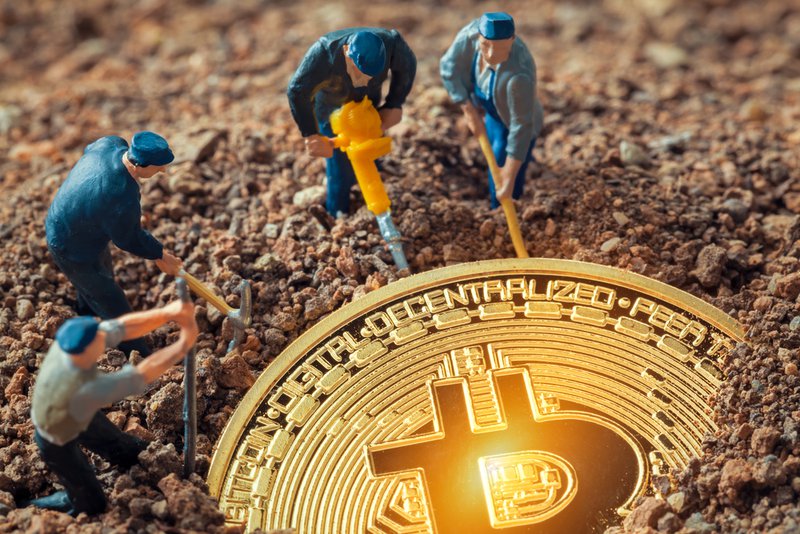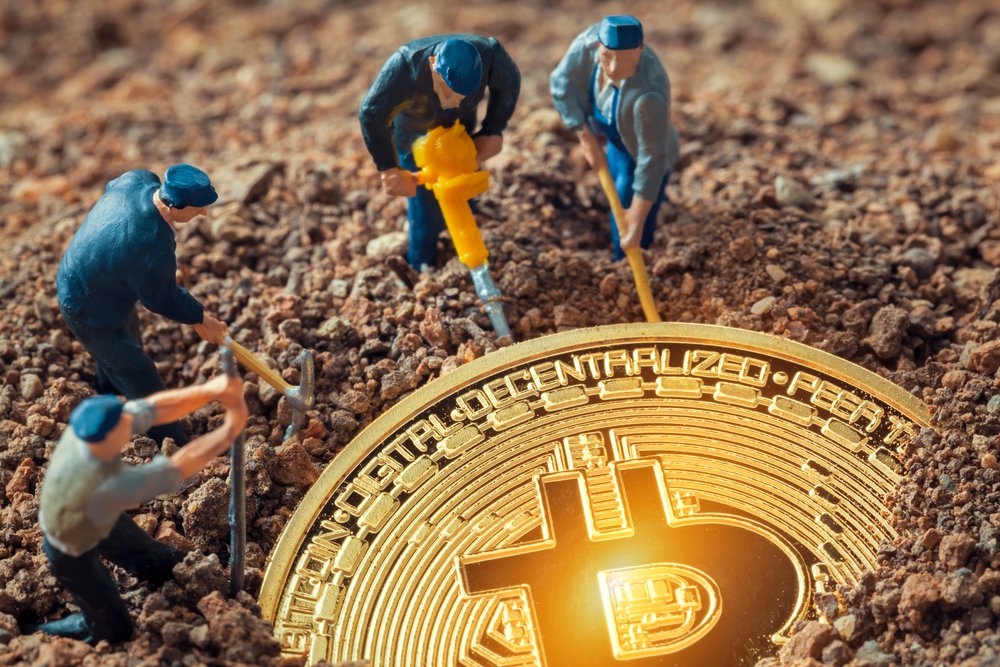Crypto mining is the means by which cryptocurrency is minted and verified. It’s a process capable of generating a lot of wealth—but at what cost? Serious environmental risks have been identified. Liquid immersion cooling can resolve a large portion of these issues. And government incentives may provide just the motivation for these companies to make the move.
The US government has recently started investigating the carbon impact of cryptocurrency. President Biden’s Executive Order 14067, which focuses on the responsible development of digital assets, underlines the importance of reducing cryptocurrency mining’s “negative climate impacts and environmental pollution.” This was followed in September 2022 by a White House report titled “Climate and Energy Implications of Crypto-Assets in the United States.”
Politicians and their supporters are looking at incentives to encourage green industry. This is where using liquid immersion cooling systems like GRC’s can make the data centers powering crypto mining more environmentally friendly. Immersion cooling dissipates server heat a thousand-fold more efficiently than legacy air-cooling systems. As a result, miners can do their work while significantly reducing energy consumption—and that’s precisely what government incentives are designed to achieve. ((internal link when published: Positive Crypto Predictions Will Call for More Sustainable Solutions))

The Effects of Crypto Mining
Crypto mining is fundamentally a computational technique to document transactions via a network. The “blockchain” technology allows people all over the world to trust each other for financial needs—which explains its popularity. But as with many desirable products, there are some unwanted side effects.
In the case of crypto mining, the negative effects pertain to the environment. Mining uses inordinate amounts of electricity, which is largely produced by carbon-emitting fossil fuels. The result is air, water, and noise pollution; not to mention electronic waste.
Electricity and the Grid
One of the greatest challenges for crypto mining is the extreme volumes of electricity it uses. The power consumed by crypto mining equipment far exceeds the amount of electricity needed for common household appliances such as refrigerators, TVs, or lighting. In fact, the total power consumption of Bitcoin alone rivals that of some large national economies.
Further, the impact of crypto mining isn’t just on the raw amount of electricity. It also compromises grid planning and management. If a state suddenly has intense demand for new power generation, it has to figure out how to adjust the grid’s capacity without destabilizing supply for other users. Of course, the less electricity wasted the better.
Greenhouse Gas Emissions
Greenhouse gases (GHG) refer to substances such as carbon dioxide and methane. These gases are released into the atmosphere by various processes, including the generation and transportation of fossil fuels. They may then alter the earth’s natural cycles—disturbing climate systems.
A byproduct of the massive electricity use of crypto mining is an increase in greenhouse gas emissions. Most crypto mining rigs are powered by fossil fuels such as natural gas and coal. Burning these fuels releases GHGs into the atmosphere. Liquid immersion cooling can address this problem by drastically cutting electricity use and, as a result, GHG emissions.
Air, Water, and Noise Pollution
In addition to greenhouse gases, there are numerous other problematic waste products of crypto mining. To a large extent, these derive from electricity generation. For example, burning fossil fuels also releases chemicals like sulfuric acid and uranium.
Much of this pollution winds up in rain and water bodies. Of course, these substances then affect biological organisms. Air quality and noise levels in the vicinity of power plants are also subject to the effects of excess crypto-related electricity generation.
Around half of a data center’s energy may go toward air cooling, which makes the facility itself noisy. In addition to slashing electricity and water waste, immersion cooling reduces noise pollution onsite by operating silently.
Electronic Waste
Another pernicious category of waste produced by crypto mining is electronic waste (“e-waste”). E-waste can occur in any IT facility to a certain extent. That said, cryptocurrency mining fast-forwards the process. A crypto rig runs top-notch hardware to its maximum capacity—without a break.
Instead of devices lasting several years, as in normal data centers, crypto facilities can burn through hardware in around a year and a half. And because the hardware is custom made for crypto mining, it can’t be re-purposed as regular data center hardware can.
Can Government Incentives Help?
Government incentives aim to persuade data centers and other industries with digital assets to adopt greener practices. Globally, there are already tax waivers for large crypto mining operations to use energy sustainably. In addition, government incentives may also cover grants to businesses for taking environmental action.
These measures may include using renewable energy sources or energy-efficient products such as liquid immersion cooling systems. The great advantage of these developments is that they make it more financially viable for businesses to adopt innovative technologies that are more sustainable.
Sustainable Solutions for Data Centers
Crypto mining facilities now have the financial and government incentives, as well as the moral imperative, to engage sustainable technologies. Solid-state storage and low-power processors reduce the environmental burden, for example.
Liquid immersion cooling is an excellent sustainable practice that has a lower total cost of ownership than unsustainable air cooling. For this innovative technology, government incentives aren’t even necessary, but they do make the switch to liquid immersion more compelling.
Immersion Cooling as a Sustainable Practice
Liquid immersion cooling works by moving heat from crypto rigs into an oil that’s safe for electronics. You simply deposit the entire server in a rack, such as GRC’s ICEraQ. This direct transfer of heat to liquid is highly efficient—orders of magnitude better than blowing air through the room!
Moreover, it is immersion cooling’s extremely light resource use that makes it a sustainable practice. Thanks to its efficiency, the technology practically wipes out the cooling system’s negative environmental effects: electricity consumption, grid instability, greenhouse gas emissions, pollution, and waste.
Align with Government Incentives through Immersion Cooling

We’ve looked at how government incentives strive to get data center operators running environmentally friendly technology. There’s no greener data center solution than liquid immersion cooling. It can reduce power used for cooling by up to 95% of that used by traditional air cooling.
Because excessive electricity usage is the root cause of myriad unwanted environmental effects, minimizing its use is key to sustainability. This includes carbon emissions and the toxic byproducts seeping into our air and water.
Energy-efficient immersion cooling is already delivering massive advantages to early-adopter data centers, including a number of crypto-mining operations. On top of saving the environment, they’re saving a bundle of money. Furthermore, GRC’s immersion cooling systems work quietly and without hot spots or humidity risks, making them a delight for technicians.
Contact GRC to learn how immersion cooling can better serve your organization’s needs.




